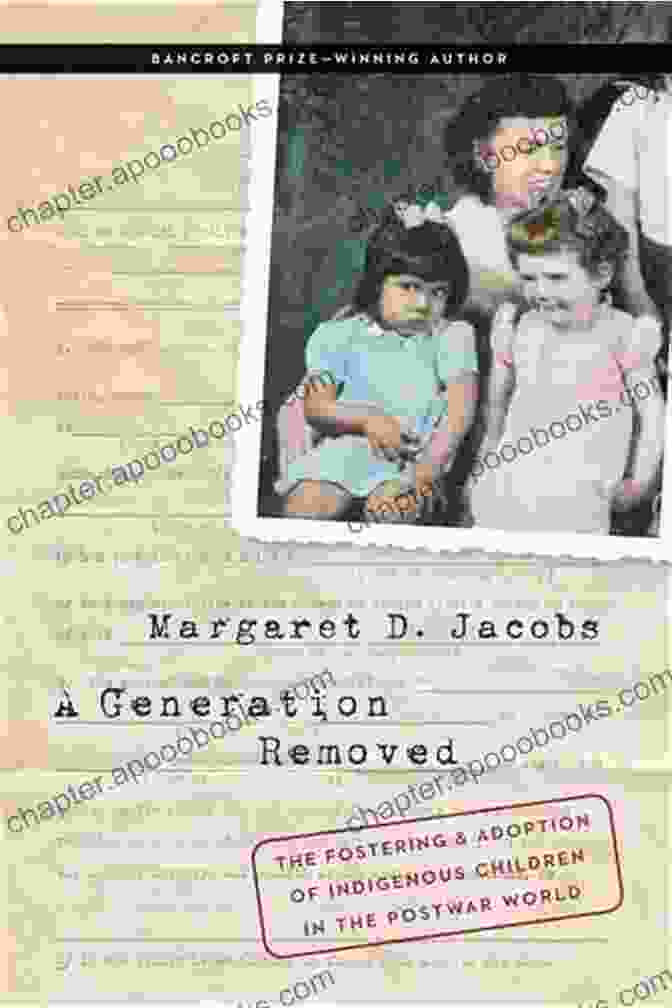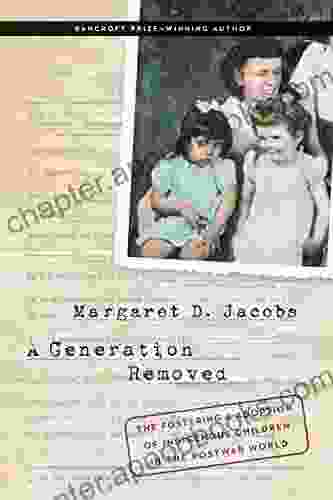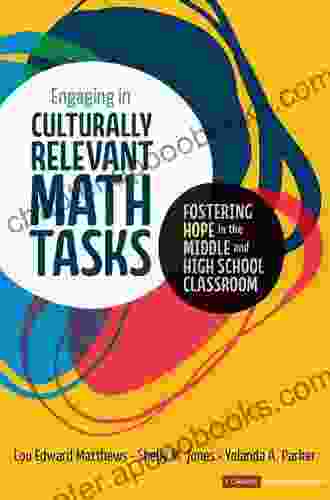
The postwar era was a time of great change and upheaval for Indigenous communities around the world. In the aftermath of war, many Indigenous children were orphaned or separated from their families. As a result, a large number of these children were placed in foster care or adopted by non-Indigenous families.
5 out of 5
| Language | : | English |
| File size | : | 4944 KB |
| Text-to-Speech | : | Enabled |
| Screen Reader | : | Supported |
| Enhanced typesetting | : | Enabled |
| Word Wise | : | Enabled |
| Print length | : | 401 pages |
| Lending | : | Enabled |
The fostering and adoption of Indigenous children in the postwar world is a complex and often controversial topic. There are many different perspectives on this issue, and it is important to consider all of them when discussing the history and legacy of this practice.
The History of Fostering and Adoption of Indigenous Children
The practice of fostering and adoption of Indigenous children has a long history in many countries. In the United States, for example, the Indian Child Welfare Act (ICWA) was passed in 1978 in response to the high rates of foster care and adoption of Indigenous children by non-Indigenous families. ICWA was designed to protect the rights of Indigenous children and families and to promote the placement of Indigenous children in Indigenous homes whenever possible.
In Canada, the Sixties Scoop was a period of time from the 1950s to the 1980s when a large number of Indigenous children were taken from their families and placed in foster care or adopted by non-Indigenous families. The Sixties Scoop has had a devastating impact on Indigenous communities in Canada, and it is still being felt today.
The Impact of Fostering and Adoption on Indigenous Children
The fostering and adoption of Indigenous children can have a significant impact on their lives. Children who are placed in foster care or adopted may experience a loss of identity, culture, and connection to their community. They may also face discrimination and racism from their new families and communities.
In addition, Indigenous children who are placed in foster care or adopted may be more likely to experience mental health problems, substance abuse, and other challenges. They may also be more likely to drop out of school and become involved in the criminal justice system.
The Importance of Cultural Identity
Cultural identity is essential for the healthy development of Indigenous children. Cultural identity provides children with a sense of belonging and purpose. It also helps them to understand their place in the world and to make sense of their experiences.
When Indigenous children are placed in foster care or adopted by non-Indigenous families, they may lose their connection to their culture. This can have a devastating impact on their development and well-being.
The Importance of Family Connections
Family connections are also essential for the healthy development of Indigenous children. Family provides children with love, support, and guidance. It also helps them to learn about their culture and traditions.
When Indigenous children are placed in foster care or adopted by non-Indigenous families, they may lose their connection to their family. This can have a devastating impact on their development and well-being.
The Importance of Trauma-Informed Care
Trauma-informed care is an approach to care that is based on the understanding that many Indigenous children have experienced trauma. Trauma-informed care providers are trained to recognize the signs and symptoms of trauma and to provide care that is sensitive to the needs of trauma survivors.
Trauma-informed care can help Indigenous children to heal from the trauma they have experienced and to build healthy, thriving lives.
The Future of Fostering and Adoption of Indigenous Children
The future of fostering and adoption of Indigenous children is uncertain. However, there are a number of promising trends that suggest that the future may be brighter for these children.
One of the most promising trends is the increasing awareness of the importance of cultural identity and family connections for Indigenous children. This awareness is leading to changes in the way that child welfare agencies place Indigenous children in foster care and adoption.
Another promising trend is the development of trauma-informed care approaches. These approaches are helping Indigenous children to heal from the trauma they have experienced and to build healthy, thriving lives.
The fostering and adoption of Indigenous children is a complex issue with a long history. However, there is reason to hope that the future will be brighter for these children. By working together, we can create a future where all Indigenous children have the opportunity to grow up in healthy, loving homes.


























































































